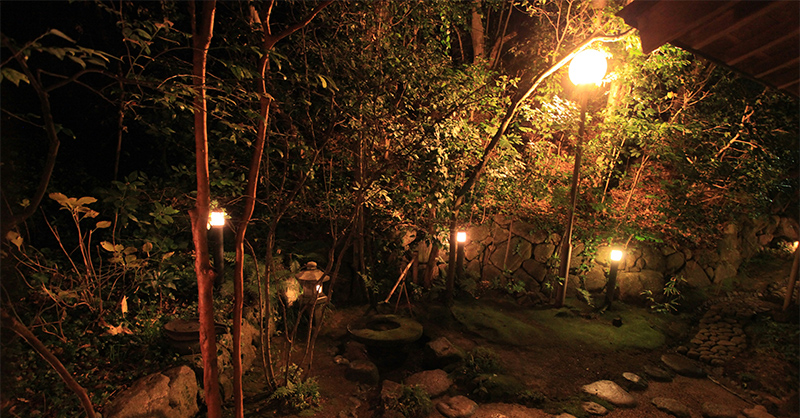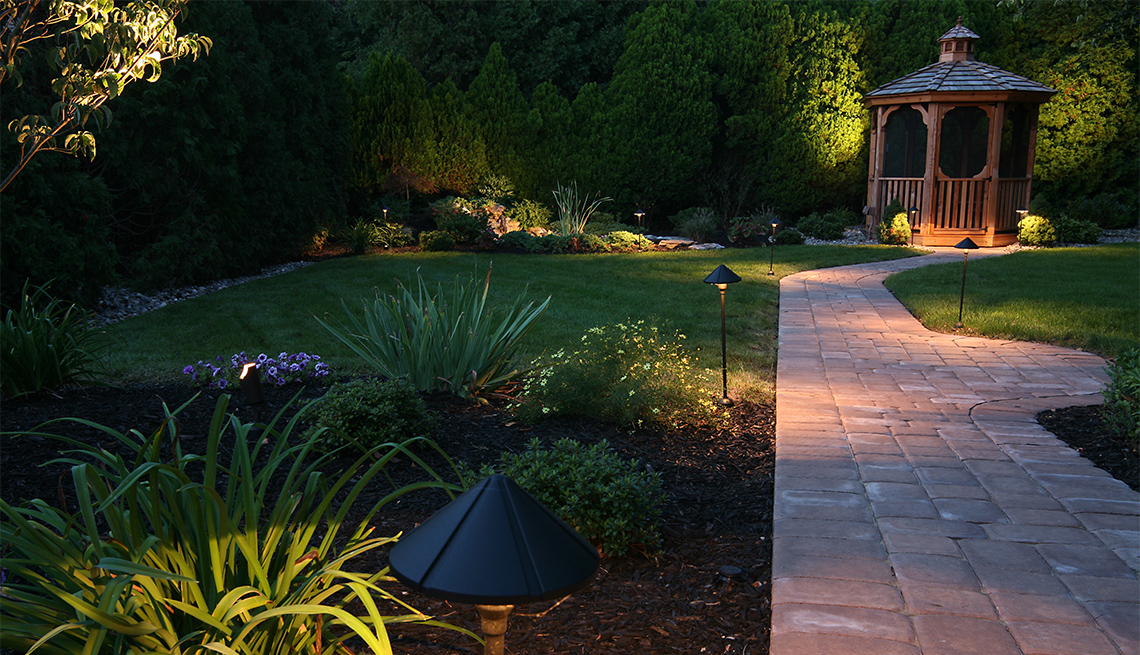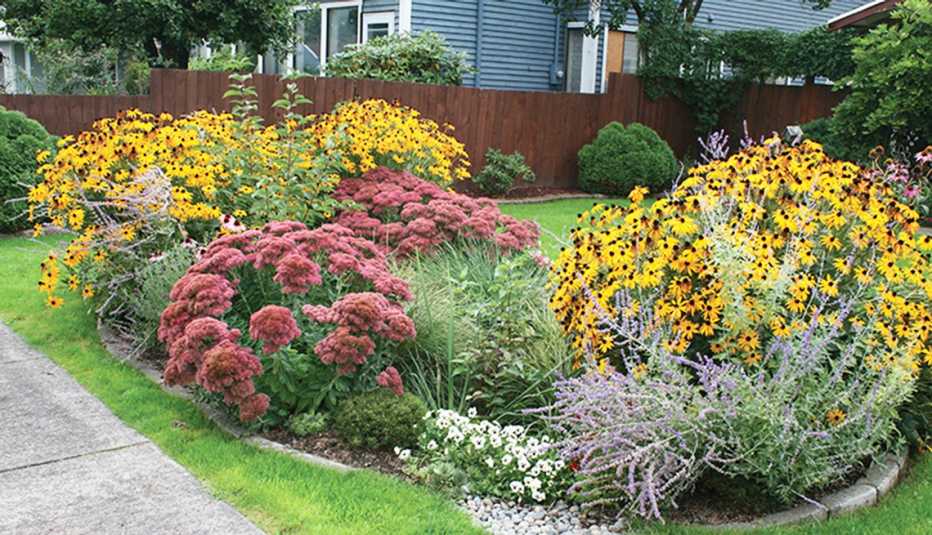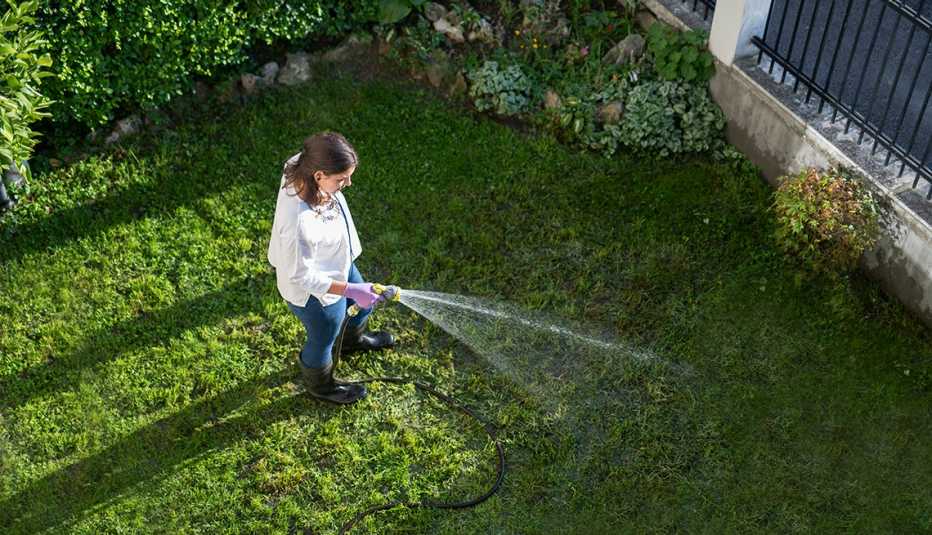Staying Fit
Outdoor lighting expands your living space, highlights the beauty of your yard and enhances safety. But if you also want to protect your backyard ecosystem, less is more.


The goal is to decrease the light pollution that, among other effects, masks the stars that migratory birds use as signposts, experts say. By following a few guidelines, you can create the striking outdoor effect you want while avoiding negative impacts on birds, insects and other creatures.


AARP Membership— $12 for your first year when you sign up for Automatic Renewal
Get instant access to members-only products and hundreds of discounts, a free second membership, and a subscription to AARP the Magazine.
"I think previously trends have been to perhaps over-light landscape spaces and, now there's a move back to more of a minimalist approach,” says Christopher Buccino, a landscape architect in Teaticket, Massachusetts. Buccino works on both residential and commercial projects, designing landscapes and lighting.
There are many reasons to light your yard. For example, you can create a safe path or entryway; show off a particular garden, architectural feature or tree; or make an outdoor living room that's inviting on a summer or fall evening.
"Minimalist” means fewer floodlights and more lights focused on specific accents, pathways or gathering areas. One goal is to avoid “uplighting” — light that extends beyond the horizontal plane and blasts up into a tree or shoots into the night sky rather than, for example, down at a step, Buccino says.
In North America, 70 percent of bird species migrate and, of those, 80 percent migrate at night, according to the National Audubon Society. Large amounts of light also affect birds’ circadian rhythm, says John Rowden, senior director of the society's Bird-Friendly Communities initiative, which focuses on issues such as outdoor lighting and native habitats.




































































